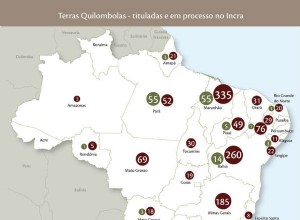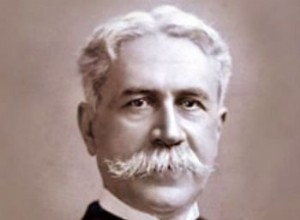The Eusébio de Queirós Law (Law No. 581), enacted on September 4, 1850, prohibited the slave trade. The law was drafted by the Minister of Justice, Eusébio de Queirós Coutinho Matoso da Câmara (1812-1868), during the Second Reign. It was the first of three laws that would gradually abolish slavery




